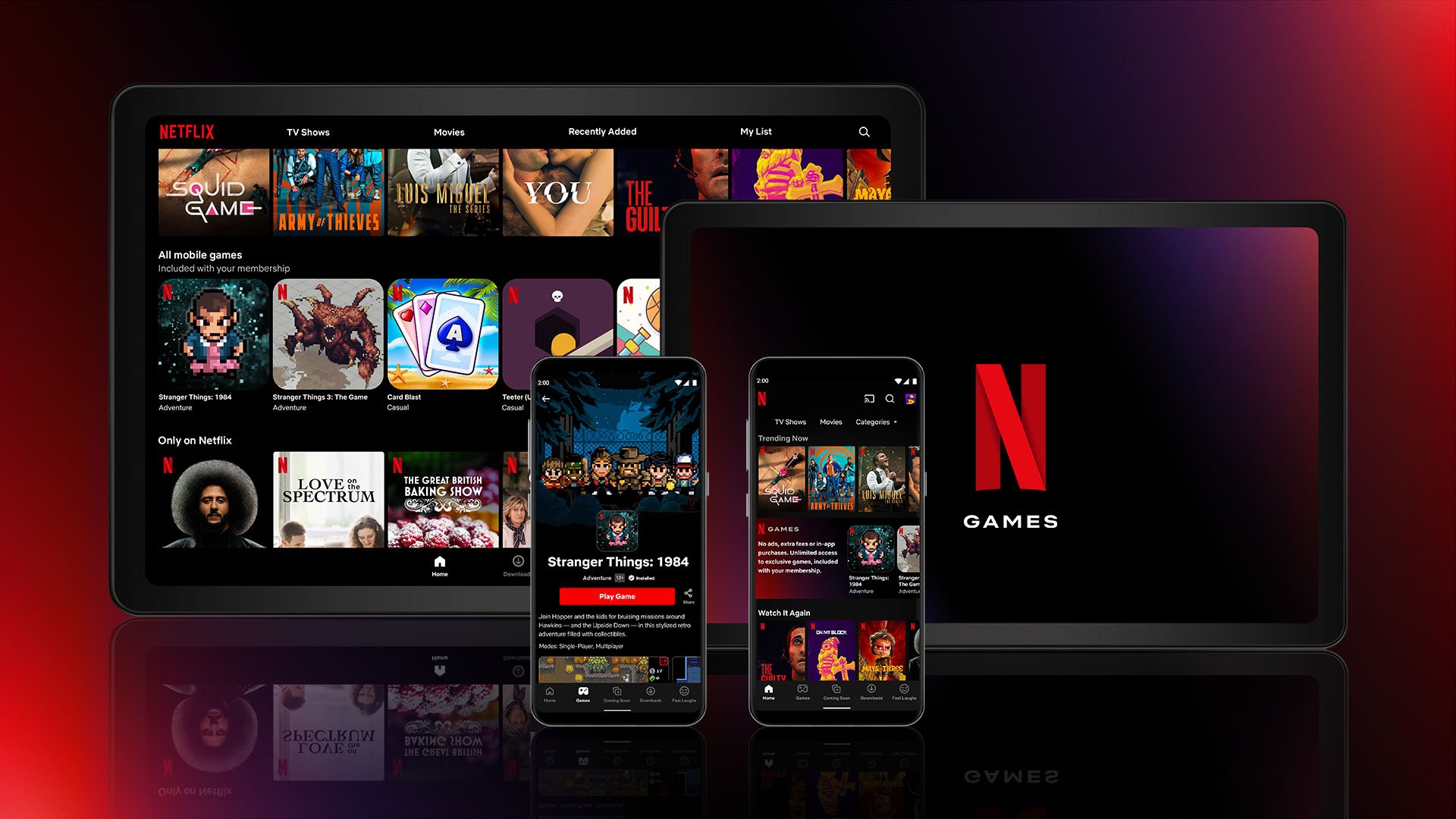Understanding user-centred design.
Successful products don’t just solve problems—they solve for the people who use them. To truly create impactful solutions, you must understand your users deeply—what they need, want, and even what they didn’t know they needed. This is where user-centered design (UCD) shines.
UCD is an iterative process where designers focus on users and their needs at every stage. By incorporating a range of research methods and design techniques, UCD ensures products are functional but also intuitive, accessible, and delightful for the end user.
In this post, we’ll dive into UCD’s core principles and the transformative benefits it brings to the design process.
The Core Principles
We’ve defined UCD so let’s get into the core principles.
So far you may think UCD is obvious but the issue is that if we don’t truly incorporate users throughout the process, other variables can affect what designers think a product should be and cause us to forget who we’re designing for, steering us from the right direction.
UCD brings our focus back on the user, employing a variety of exploratory research and ideation methods to form a comprehensive understanding of the user, then using this understanding as the foundation of building a product. Now keep in mind that UCD is not just about understanding any user — it’s about your users, the ones you envision using your specific product.
User-Centred Design (UCD) stages are often conceptualised as iterative steps that ensure the end product aligns with users' needs. Here are the critical stages based on widely accepted frameworks:
Research and Understanding
Gather data about users, their goals, needs, and pain points using interviews, surveys, and observations.
Understand the context in which users will interact with the product.
Define and Specify Requirements
Identify and document the functional and non-functional requirements of the design.
Prioritise user needs and clarify the scope of the project.
Design Solutions
Create prototypes or mockups based on user research.
Collaborate with stakeholders and other designers to align user needs with business goals.
Evaluate and Test
Test the prototypes with real users through usability testing and other feedback methods.
Analyse the findings to determine how well the design meets user expectations.
Iterate and Refine
Use the insights from testing to refine the design.
Repeat the process until the design effectively addresses user needs and usability goals.
A UCD Case Study
Now that you understand the core principles, I wanted to share a great example of user-centred design to help you grasp the essence of each principle. Before Netflix, we had to rent movies or pay for cable to watch movies or shows. Now, you can watch thousands of shows, movies, documentaries, and cartoons for $8.99 a month. Netflix did that. I have many subscriptions nowadays, but Netflix remains my favourite and the favourite of many of my peers.
The secret lies behind Netflix’s non-complex user interface and perfect algorithm for creating personalised recommendations.
You can subscribe to Netflix for an action-themed movie and find yourself watching true crime documentaries. Netflix does this well. They support their users with their algorithm-based recommendations, aka “you might like this” lists, simple user interface, and smooth user experience on their web, mobile phone, and TV applications.
As a cherry on top, you can search by more than just the movie title; it can be a category or even the actor’s name. The same goes for the genre, language, the primary audience of the movie or show.
If you had to take anything from this it should be…
Users should be involved in the design process from the start.
Importance of requirement clarification.
Introducing user feedback loop in the product life cycle.
Iterative design process. The product team works on improving user experience by introducing gradual changes as it gains understanding.
Conclusion
Every product development is a journey. The product team makes a lot of decisions along the way, and the outcome is often defined by those decisions. If we prioritise user needs and wants, and truly strive to create a user-focused design, our journey will end up with a product that users will love.
Want to learn more about User Centred Design?
The design of everyday things — Donald Norman.
This book covers everyday things, focusing on the interplay between technology and people to ensure that the products actually fulfill human needs while being understandable and usable.
Download the book on Amazon here.
Paper Prototyping: The Fast and Easy Way to Design and Refine User Interfaces- Carolyn Snyder
Paper prototyping is a variation of usability testing where representative users perform realistic tasks by interacting with a paper version of the interface that is manipulated by a person ‘playing computer,’ who doesn’t explain how the interface is intended to work. — Carolyn Snyder
Download the book on Amazon here.
Defensive Design for the Web: How to improve error messages, help, forms, and other crisis points — Matthew Linderman , Jason Fried
Let’s admit it: Things will go wrong online. No matter how carefully you design a site, no matter how much testing you do, customers still encounter problems. So, how do you handle these inevitable breakdowns? With defensive design. In this book, the experts at 37signals (whose clients include Microsoft, Qwest, Monster.com, and Clear Channel) will show you how.



